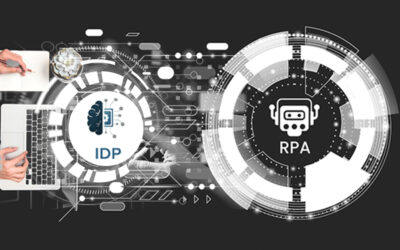
Easing the Transition Phase
Industry experts have laid down some important guidelines to ease the transition to the outsourcing model:
- The execution and management of the transition should be handled by experienced professionals with specialized knowledge in the area. Combining program, project, and commercial management skills along with expertise in running specific tools and techniques is crucial to smooth transition. The transition should be based on a framework that ensures stability and consistency while having the flexibility to adapt to the unique needs of the client-vendor relationship.
- Adopting a proven transition model that ensures consistent and predictable execution of the transition activity is necessary. It should include tools and techniques to provide risk and change management, stakeholder reporting, quality assurance, service testing, readiness assessments, and audits.
- Transition that brings outsourced services in-house should be planned as a build-operate-transfer model – one in which the service provider builds the capacity for the client and the client taking the responsibility for handling day-to-day operations.
- Outsourcing relationships should be built to gain value, efficiency, effectiveness, and return on investment (ROI). The transition governance model should be multi-layered, allowing decisions to be addressed at an appropriate level of management. Day-to-day transition decisions should be handled by immediate team members and strategic and tactical decisions by senior members.
- The transition team should be experienced enough to implement the model properly, to understand the impact of risk and change, and when to take action.
- During the transition phase, people at all levels in the organization should think out-of-the-box, and adopt methods and approaches that are successful at helping employees adapt to the changes.
- Companies should measure the progress during the transition using advanced tools and methods, which can help gauge how effectively change is being accepted and adopted.
Effective change management during transition phase can avoid cost overruns, and can align staff, organization and leadership to a new mode of service delivery. It allows critical functions and processes to readily adapt to new operating model, so that business goals can be realized faster and with less disruption.



